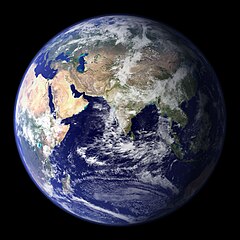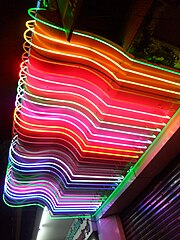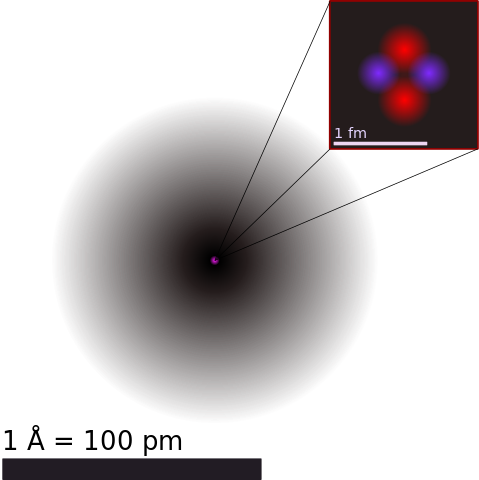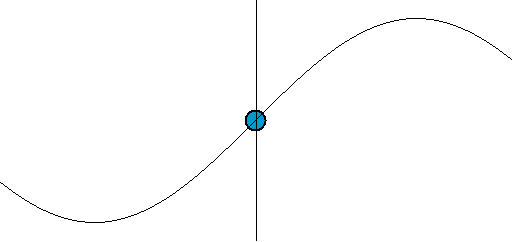We've learned about chemical elements and atomic numbers now,
but with all these different elements and atoms, how can anyone remember it all??
To help remember all of these different things, a scientist came up with something called the periodic table.
It takes all of the different chemical elements and puts them into a picture, organized by their atomic number.
Each element has it's own short name, like Oxygen is O, Hydrogen is H, Neon is Ne.
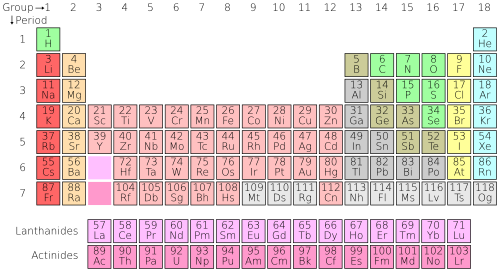
(from: wikipedia - periodic table)
Not all of the names match exactly like you would guess!
Like Gold is Au, Sodium is Na, and Lead is Pb.
There are some really crazy named elements too, like Darmstadtium (Ds) and Ununpentium (Uup)!




